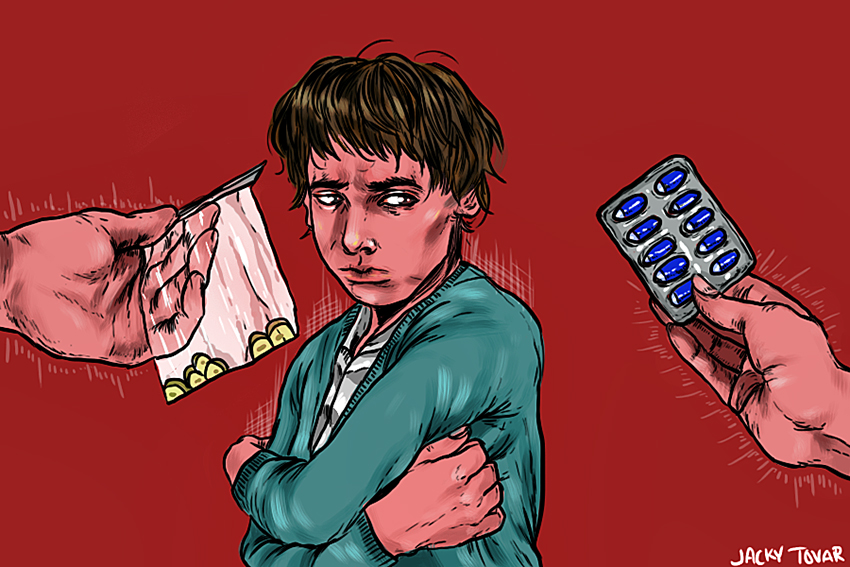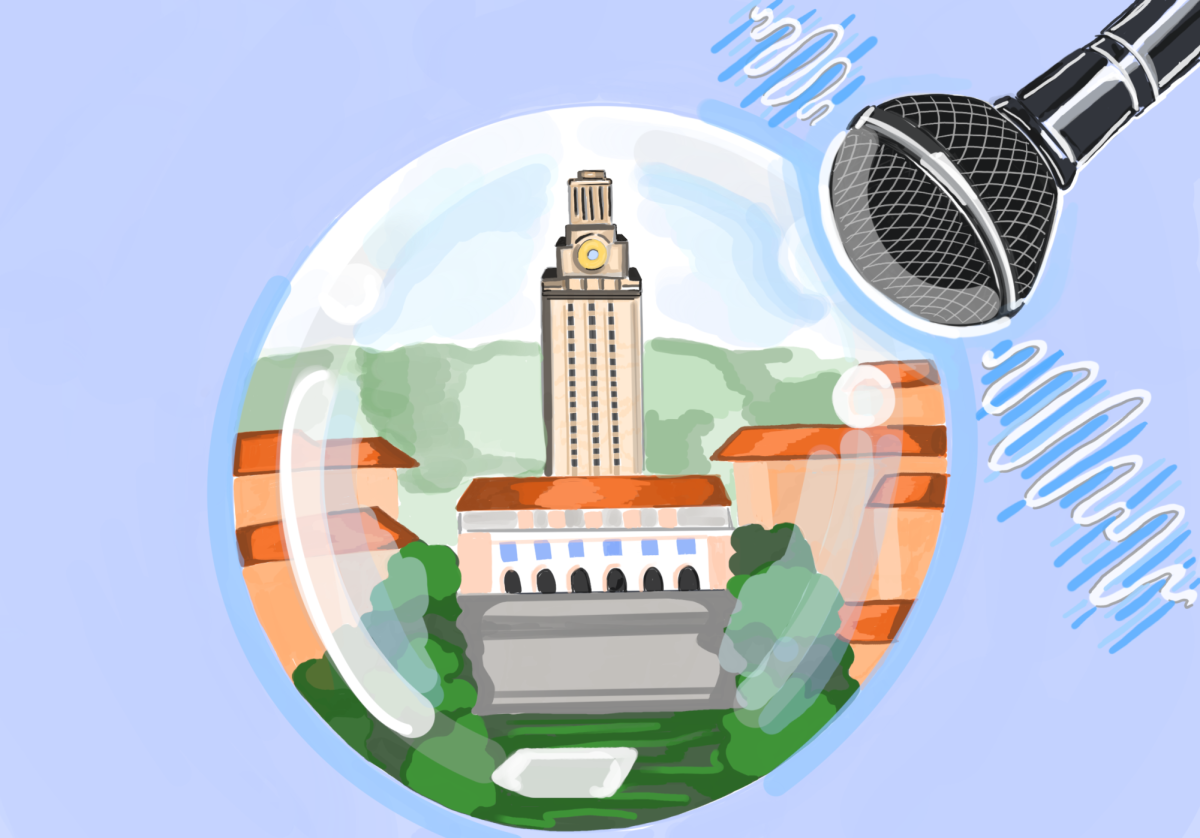Drug abuse has always been a problem in American society, but the drug issues that we are currently dealing with have come from a place of authority. The opiate crisis that has taken hold in New England and is spreading to other locales can be traced back to the drugs prescribed by doctors. It’s even affecting our own community, as a recent Texan investigation on prescription drug abuse showed.
The recent prescription drug epidemic started with the release of OxyContin by Purdue Pharma in 1996. Opiates, which were previously only used for patients in extreme pain, were recast as a harmless, catch-all drug to treat all sorts of pain. Purdue stated that the risk of addiction was under one percent, citing a study that examined the use of opioids on burn victims but did not take into account the effect of daily use with chronic pain patients. Other studies have put the rate of addiction for this use as 10 to 20 percent. This extreme mischaracterization caused OxyContin to be treated with less seriousness than it deserved and catalyzed our current public health crisis.
There has been a movement in this country to combat drug dependency, but these efforts completely overlook a major contributor to addiction — the very liberal rates at which doctors are willing to prescribe these dangerous drugs. Although there is a heavy stigma attached to OxyContin right now, another addictive opiate, hydrocodone, has taken its place among the most prescribed drugs in America, with 97 million prescriptions in 2015.
While certain drugs may fall out of favor, this doesn’t serve to solve the over-arching problem of doctors over-prescribing these incredibly addictive drugs. This recklessness is made even more dangerous by the way society puts doctors on a pedestal. Since doctors are held in such high esteem, it’s likely that people will accept any prescriptions given to them — no questions asked. If patients don’t take these drugs seriously, addiction can and will sneak up on them.
This problem extends beyond personal addiction when doctors give prescriptions to patients that don’t need them. Unsurprisingly, many of them will go on to resell their drugs. If I was inclined to sell drugs, I could have made a nice profit off of the ultimately unnecessary hydrocodone prescription that I received following my wisdom tooth surgery. This is more than just hypothetical, as the recent Texan investigation into drug use on West Campus showed. The ease of getting a hydrocodone prescription saturates the illegal resale market, making responsible prescription incredibly important.
Going forward, it’s very important that the public approach the prescriptions given to them with more skepticism. For a start, alternative treatments, such as acetaminophen and medical marijuana should always be considered when appropriate. But regardless, until a safe, universally accepted pain remedy is decided on, the public should show more caution when taking prescription painkillers than so many of their doctors do when prescribing them.
Chastian-Howley is a rhetoric and writing junior from Dallas.





















